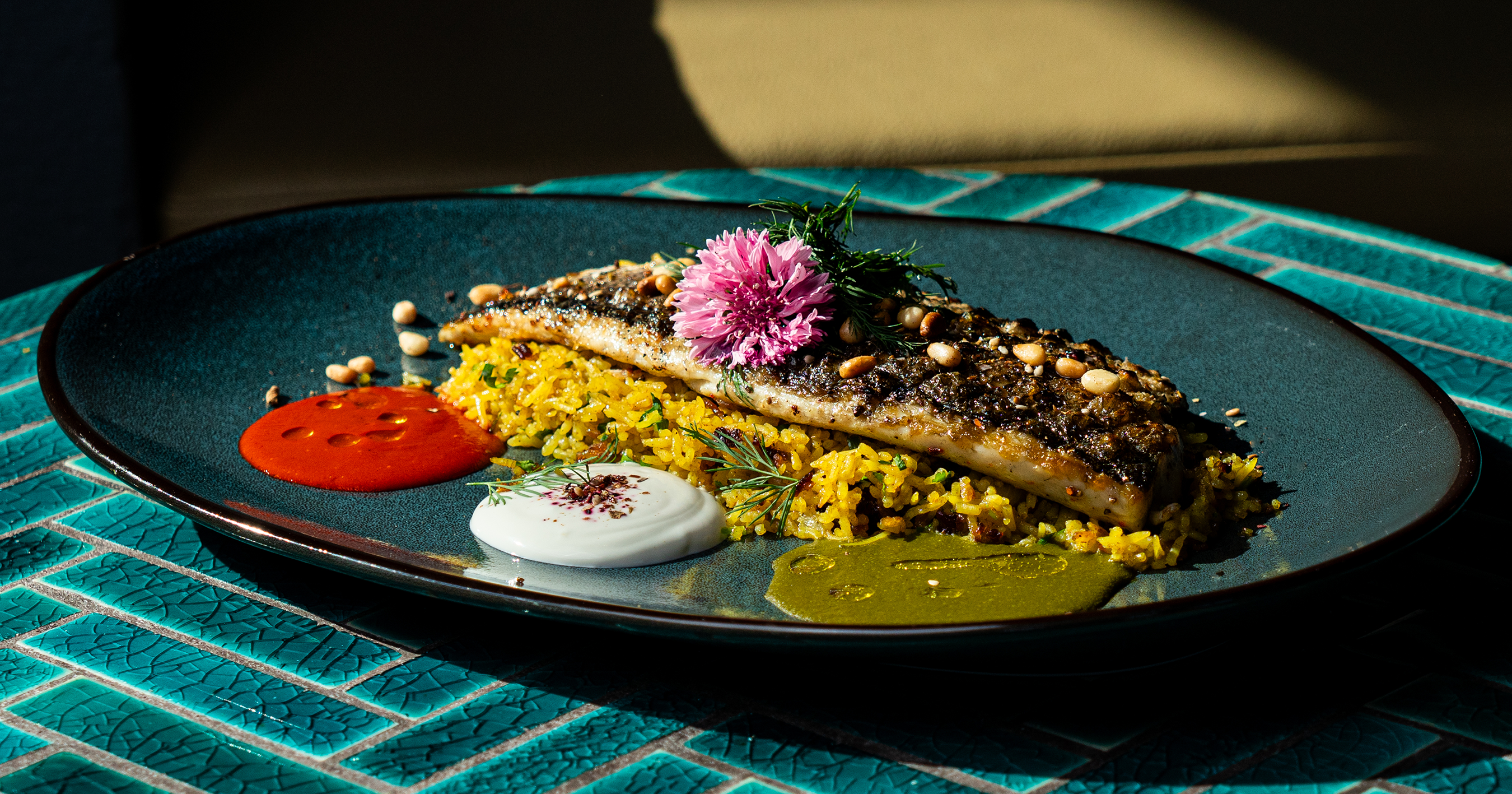
From pasteurized milk to frozen vegetables, almost all food we eat has been processed to some degree. Processing keeps our food fresh longer and safe from bacterial spoilage. However, there are different levels of processing, and some aren’t so healthy. There are four classes of processed foods, according to the NOVA food classification system.
Group one is natural foods that are unprocessed or minimally processed. Examples are fresh fruits, nuts, eggs, milk, fresh vegetables, and raw cuts of meat, poultry and fish.
Group two is processed culinary ingredients that are products extracted from natural foods by pressing, grinding, crushing or refining. Examples are vegetable oils, butter, sugar, honey and salt.
Group three is processed foods that have oil, salt or sugar added to help preserve or make them more palatable. Most of these still have just a few ingredients. Examples include canned vegetables, cured meats, canned fish, cheese and bread.
Group four is ultra-processed foods. These are industrial formulated foods made from substances extracted from food or completely synthesized in labs. They include many additives not found in food in its natural state. Ultra-processed foods usually have a long list of hard-to-recognize ingredients and are usually sold in some sort of packaging. Examples are sweet, savory or salty snacks, breakfast cereals, margarine, formed meats, and ready-to-heat and eat products.
It’s this last group of processed foods that is the least healthy and most concerning. Ultra-processed foods are not simply foods that have been modified by processing, but rather edible products formulated from food-derived substances with additives added to increase their appeal. The complex flavors, long shelf life, low cost, convenience and heavy marketing of these foods make them very difficult to resist. Consumption of ultra-processed foods has increased considerably over the past few decades. In fact, more than half the calories now eaten in the United States come from ultra-processed foods. A recent study in the Journal of the American Medical Association reported that two-thirds of most kids’ diets consist of ultra-processed foods.
The problem with ultra-processed foods is that they are high in simple carbohydrates, high in sodium, and low in fiber, protein, vitamins and minerals. This is exactly the opposite of the diet we should be eating for our health.
Studies have shown that diets high in ultra-processed foods increase obesity by up to 50%, cardiovascular disease risk by up to 29%, diabetes by up to 65%, cancer by up to 12%, and increases the risk of other conditions like inflammatory bowel disease, depression, kidney disease and frailty. This is not only because of what ultra-processed foods contain but also because they are replacing the fruits, vegetables, whole grains and lean meats we should be consuming. By-products formed by ultra-processed foods can lead to inflammation, oxidative stress and plaque buildup. Additionally, they are often packaged in plastic that may contain harmful chemicals.
Avoiding ultra-processed foods in today’s world takes willpower and diligence. Cook at home as often as you can using raw, natural food ingredients. Shop the perimeter of the grocery store as most ultra-processed foods will be found in the center aisles. Check labels for ingredients and nutrition facts. Choose foods with few ingredients that are low in fat, sugar and sodium. And make smarter choices when eating out.
Here’s a chart that can help you choose less-processed food:

Pumpkin Spice Cheese Ball
Serves 24
8 ounces reduced fat cream cheese
7 ounces plain goat cheese
1 apple, peeled, shredded and patted dry
¼ cup unseasoned pumpkin puree
2 Tbsp brown sugar
1 Tsp pumpkin pie spice
¼ tsp salt
½ cup finely chopped dried cranberries
Mix everything but the cranberries in a medium bowl. Scoop onto a large piece of plastic wrap coated with nonstick spray. Use the plastic wrap to form mixture into a ball. Cover completely with plastic wrap, and refrigerate for at least one hour and up to two days.
When ready to serve, place cranberries in a shallow dish and roll cheese ball in them, pressing to adhere.
Nutrition Information: 65 calories, 6 g carbs, 2 g protein, 103 mg sodium
Anita Marlay, R.D., L.D., is a dietitian in the Cardiopulmonary Rehab department at Lake Regional Health System in Osage Beach, Missouri.
https://www.lakenewsonline.com/story/lifestyle/2021/10/13/avoiding-ultra-processed-foods-todays-world-takes-willpower-and-diligence/6054364001/




:max_bytes(150000):strip_icc()/tl-travel-essentials-i-packed-for-my-first-solo-trip-tout-170d39a2b9e14bc99b573b7f9da29641.jpg)
More Stories
12 Essential Products for Solo Travel
15 Best Travel Accessories for Flights at Amazon
2-piece Sets Are 49% Off During October Prime Day